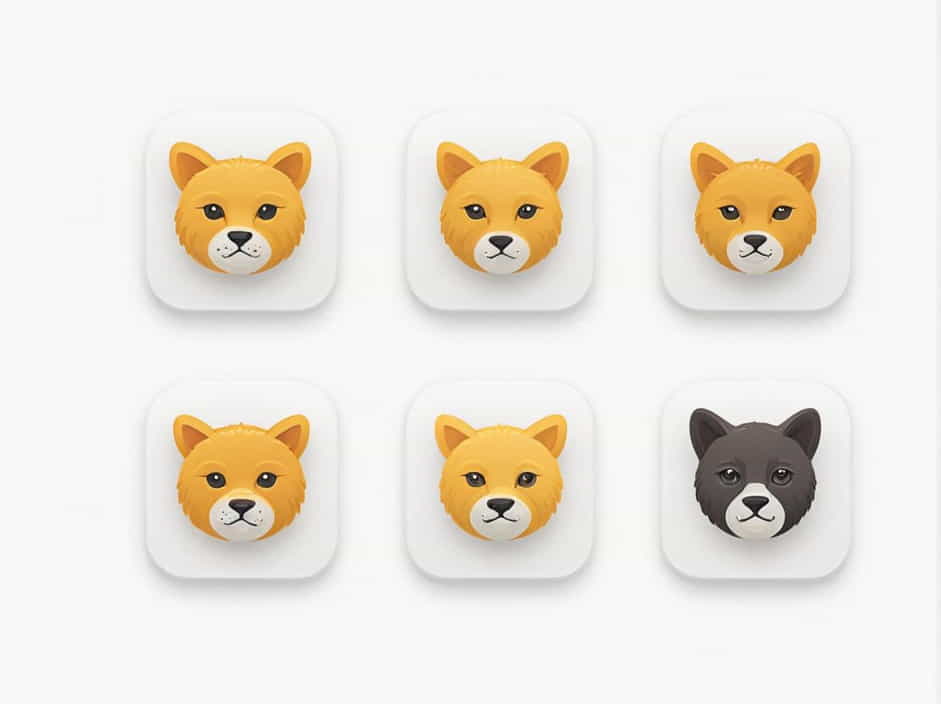Domestication has played a crucial role in human history, shaping the way people live, work, and interact with animals. From the first domesticated wolves that evolved into modern dogs to livestock and pets, domesticated animals have become essential to human society. But what does it really mean to domesticate an animal?
Domestication is more than just training an animal. It is a biological and behavioral transformation that occurs over generations, making animals more suited to living with humans. Understanding this process helps us appreciate the deep bond between humans and animals.
What Is Domestication?
Domestication is the process of selectively breeding animals over time to develop traits that make them more useful or compatible with humans. This process is not the same as taming, which refers to training an individual wild animal to behave in a certain way.
Domesticated animals have undergone genetic changes that make them less aggressive, more social, and dependent on humans for survival. These changes often lead to physical, behavioral, and reproductive differences compared to their wild counterparts.
Key Characteristics of Domesticated Animals
- Less Aggression – Domesticated animals are generally more docile and less fearful of humans.
- Social Adaptation – They can live in human-controlled environments and interact peacefully with people.
- Selective Breeding – Humans breed animals with desirable traits, such as size, temperament, or productivity.
- Dependency on Humans – Most domesticated animals rely on humans for food, shelter, and care.
The History of Animal Domestication
The domestication of animals began thousands of years ago. Early humans started domesticating animals for food, labor, and companionship. Here are some important milestones:
1. The First Domesticated Animals
- Dogs (around 15,000 years ago) were likely the first domesticated animals. They evolved from wolves and became loyal companions to humans.
- Sheep and Goats (about 10,000 years ago) were domesticated for their meat, milk, and wool.
2. Domestication of Livestock
- Cattle, Pigs, and Chickens were domesticated for food and farming purposes.
- Horses and Donkeys were tamed for transportation and labor, allowing humans to travel longer distances.
3. Modern Domestication
- Selective breeding has produced high-yield dairy cows, chickens that lay more eggs, and dogs with specific behaviors.
- Some animals, like foxes, have been experimented with in scientific studies on domestication.
Why Do Humans Domesticate Animals?
Domestication has many benefits for human society. Animals provide food, work, companionship, and even emotional support.
1. Food Production
- Cows, pigs, chickens, and fish provide meat, milk, eggs, and other products.
- Selective breeding increases food production efficiency.
2. Work and Transportation
- Horses, camels, and oxen have historically been used for farming and transportation.
- Domesticated animals have helped in plowing fields and carrying heavy loads.
3. Companionship and Emotional Support
- Dogs and cats are popular pets that provide emotional support and companionship.
- Therapy animals help people with disabilities and mental health conditions.
4. Scientific and Medical Benefits
- Domesticated animals are used in medical research to study genetics and diseases.
- Some animals, like pigs, are used for organ transplants and drug testing.
The Difference Between Domesticated and Wild Animals
Domesticated animals are different from wild animals in many ways. Here are the key differences:
| Feature | Domesticated Animals | Wild Animals |
|---|---|---|
| Behavior | More docile and social | Fearful of humans, aggressive |
| Diet | Depend on humans for food | Hunt or forage for food |
| Reproduction | Bred selectively by humans | Breed naturally in the wild |
| Physical Traits | Often smaller, with varied colors and traits | Adapted to survive in the wild |
Some animals, like wolves and tigers, cannot be domesticated because their genetics do not allow them to adapt to human environments.
Examples of Domesticated Animals
Many animals have been domesticated, each serving a unique purpose. Here are some examples:
1. Dogs
- Originally domesticated for hunting and protection.
- Today, dogs are pets, service animals, and working animals (police dogs, guide dogs).
2. Cats
- First domesticated to control rodent populations.
- Now one of the most popular pets worldwide.
3. Cows, Sheep, and Goats
- Raised for milk, meat, and wool.
- Provide essential products like cheese, leather, and clothing materials.
4. Horses and Camels
- Used historically for transportation and farming.
- Some still work in rural areas or for recreational purposes.
The Challenges of Domestication
While domestication has many benefits, it also presents challenges:
1. Ethical Concerns
- Some breeding practices cause health problems in animals (e.g., pugs with breathing issues).
- Factory farming raises questions about animal welfare and cruelty.
2. Loss of Natural Instincts
- Many domesticated animals lose their ability to survive in the wild.
- Overdependence on humans can make them vulnerable if abandoned.
3. Environmental Impact
- Large-scale animal farming contributes to deforestation, pollution, and climate change.
- Sustainable farming practices are needed to reduce harm.
Can All Animals Be Domesticated?
Not all animals can be domesticated. Successful domestication requires certain traits, including:
- Social structure – Animals that live in groups (like cows and dogs) are easier to domesticate.
- Flexible diet – Species that can eat a variety of foods adapt better to human environments.
- Calm temperament – Aggressive or highly territorial animals are harder to tame.
Some animals, like zebras and cheetahs, resist domestication because they are too aggressive or independent.
Domestication is a long and complex process that has shaped human civilization. By selectively breeding animals, humans have created species that provide food, labor, and companionship.
Understanding the difference between domesticated and wild animals helps us appreciate the role animals play in our lives. However, ethical concerns and environmental impacts must be considered to ensure a sustainable and responsible future for animal domestication.
